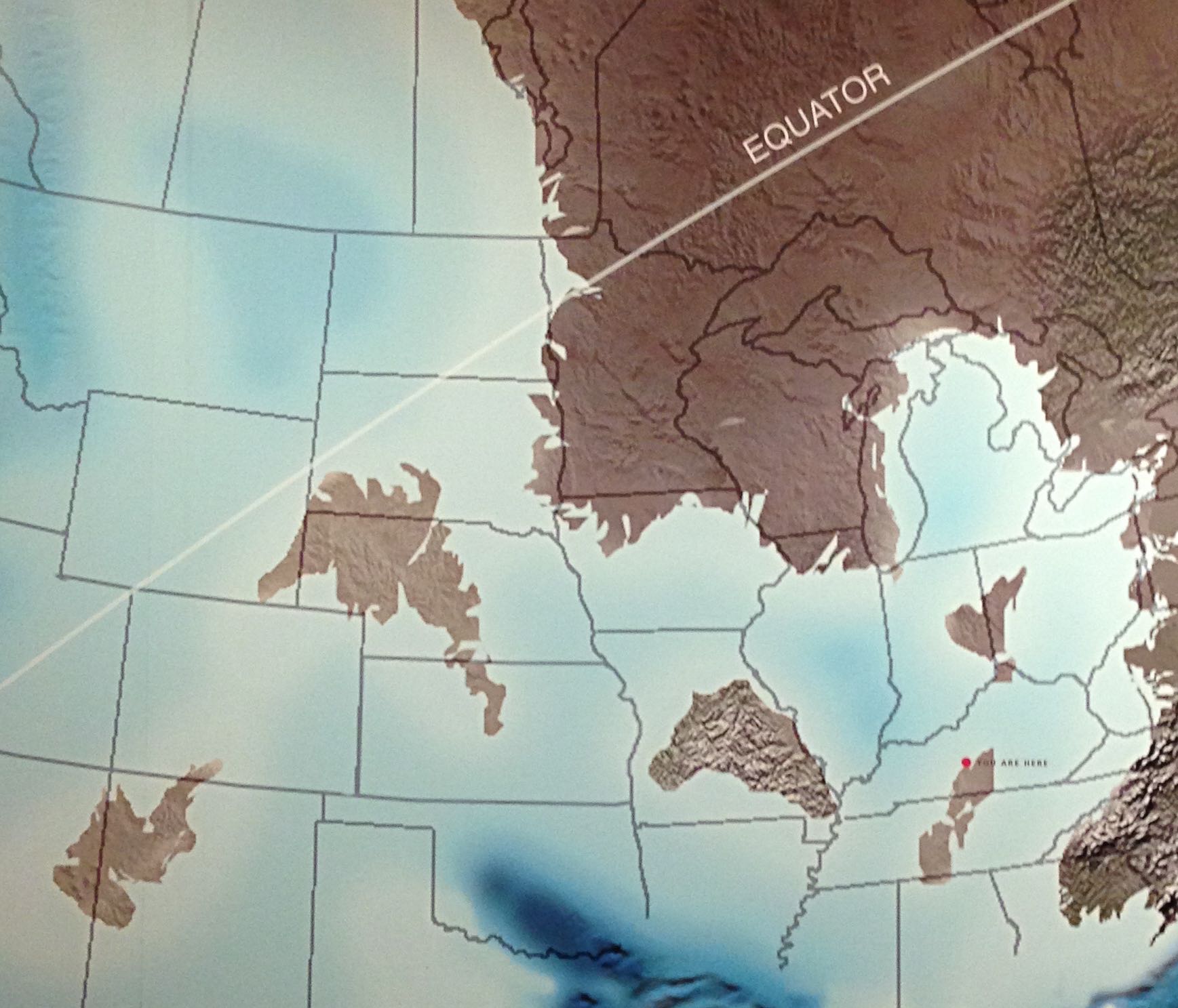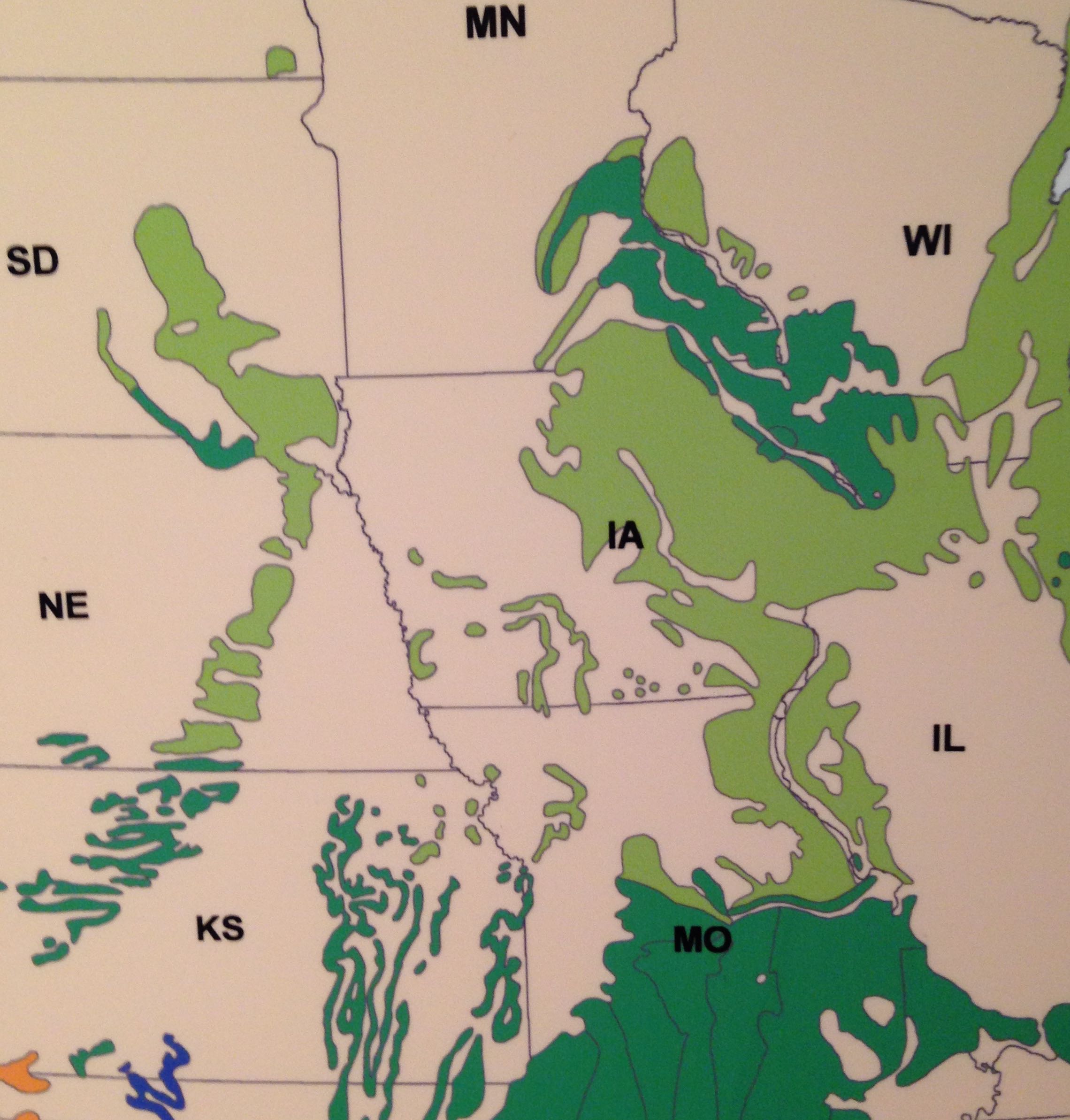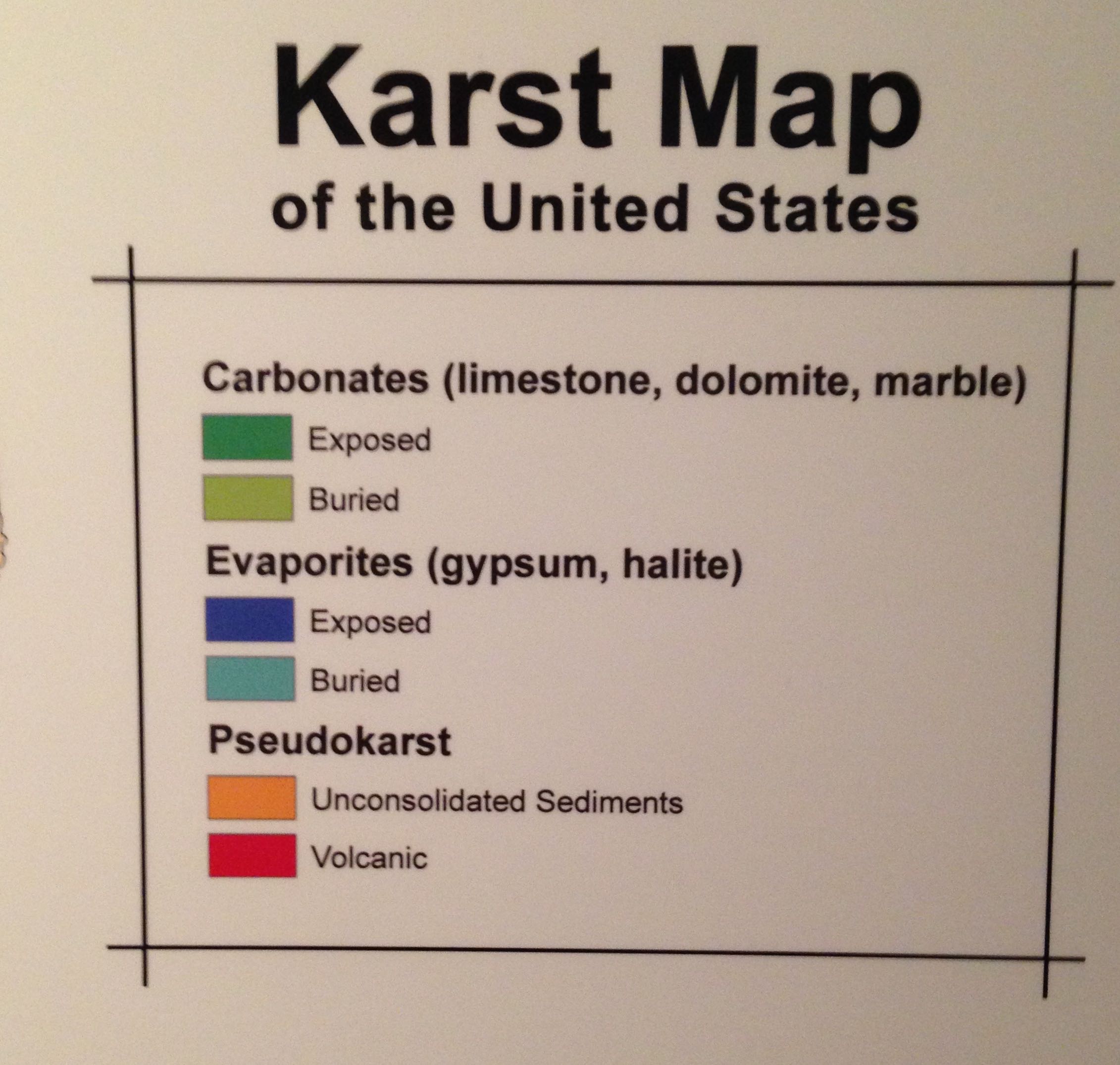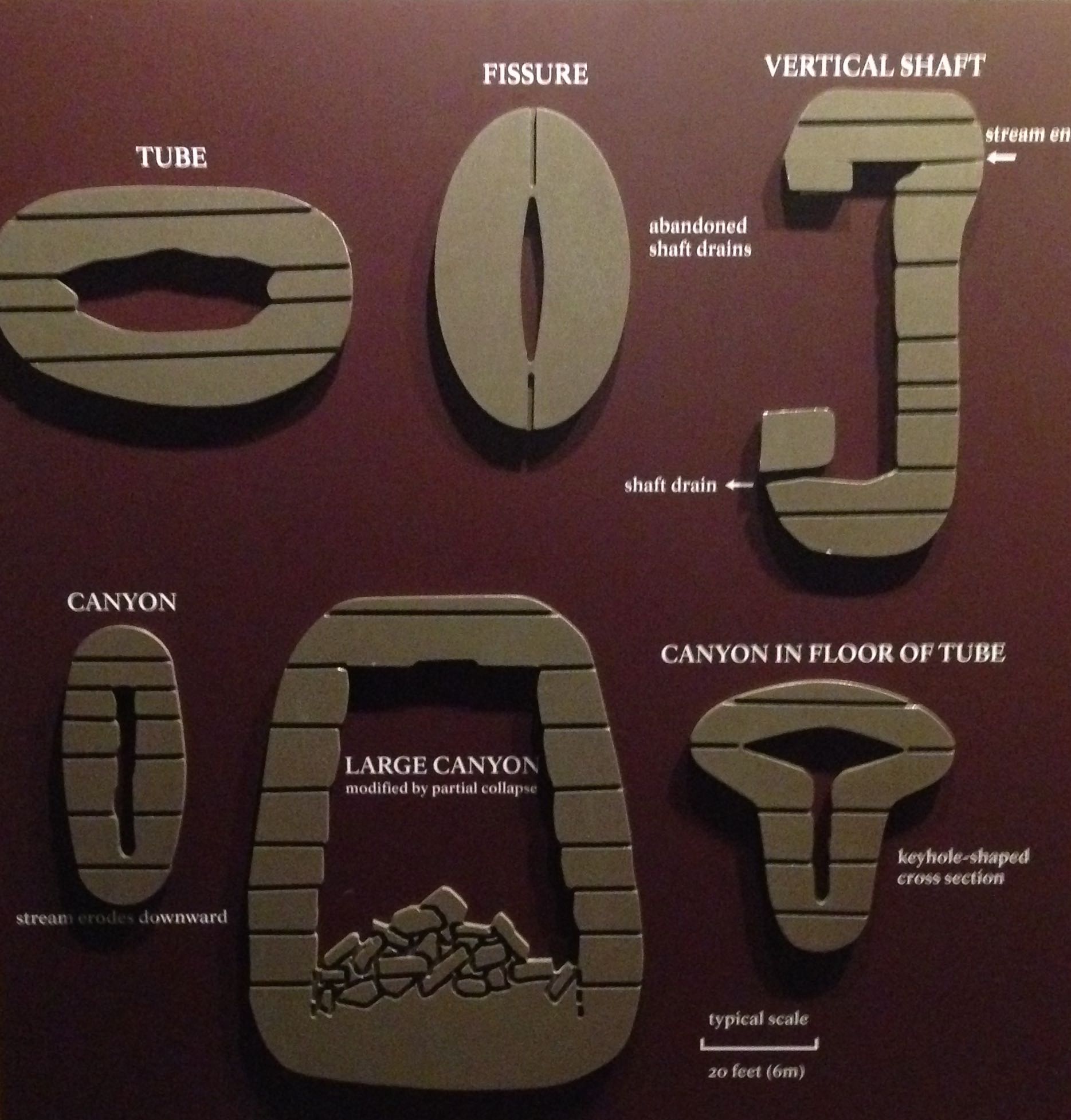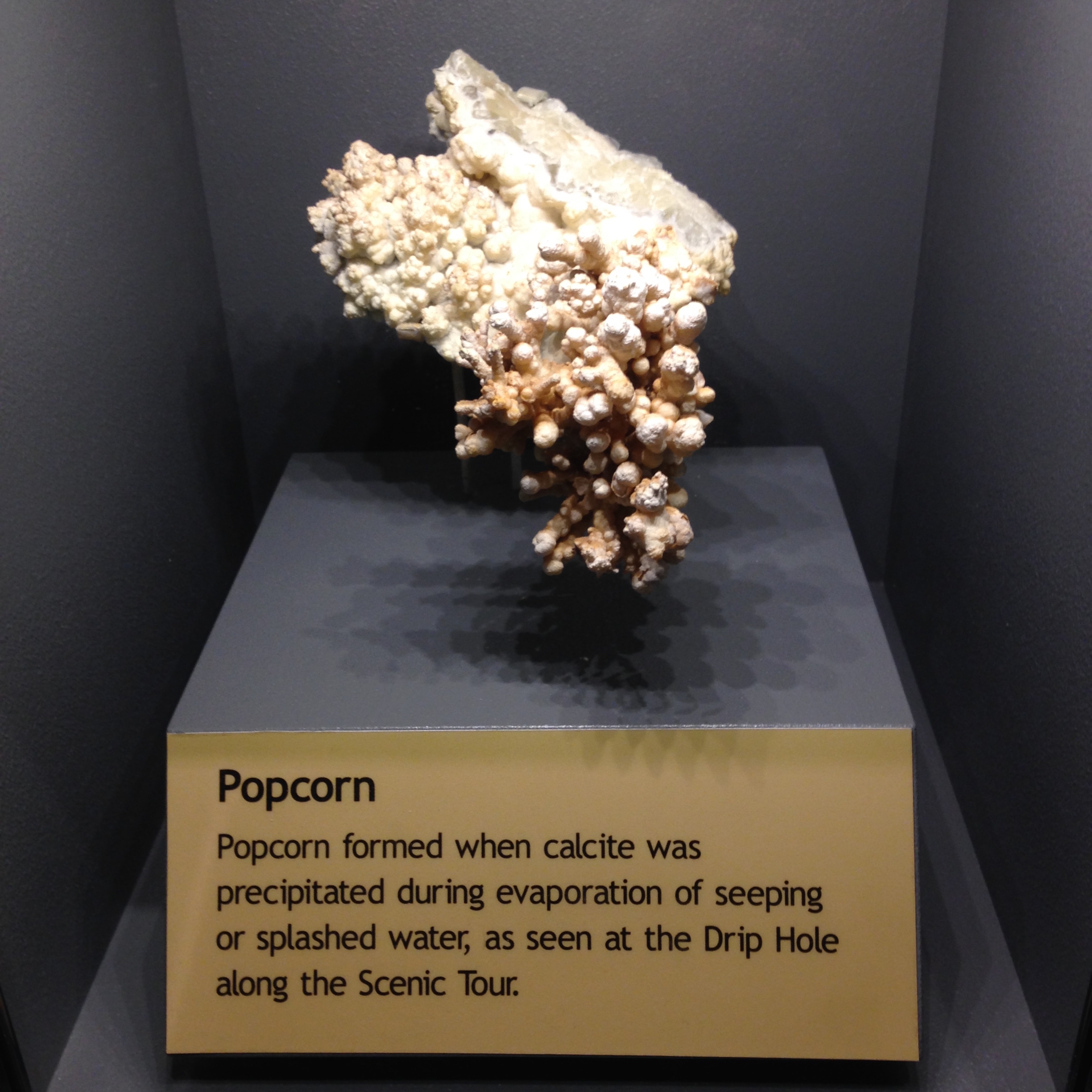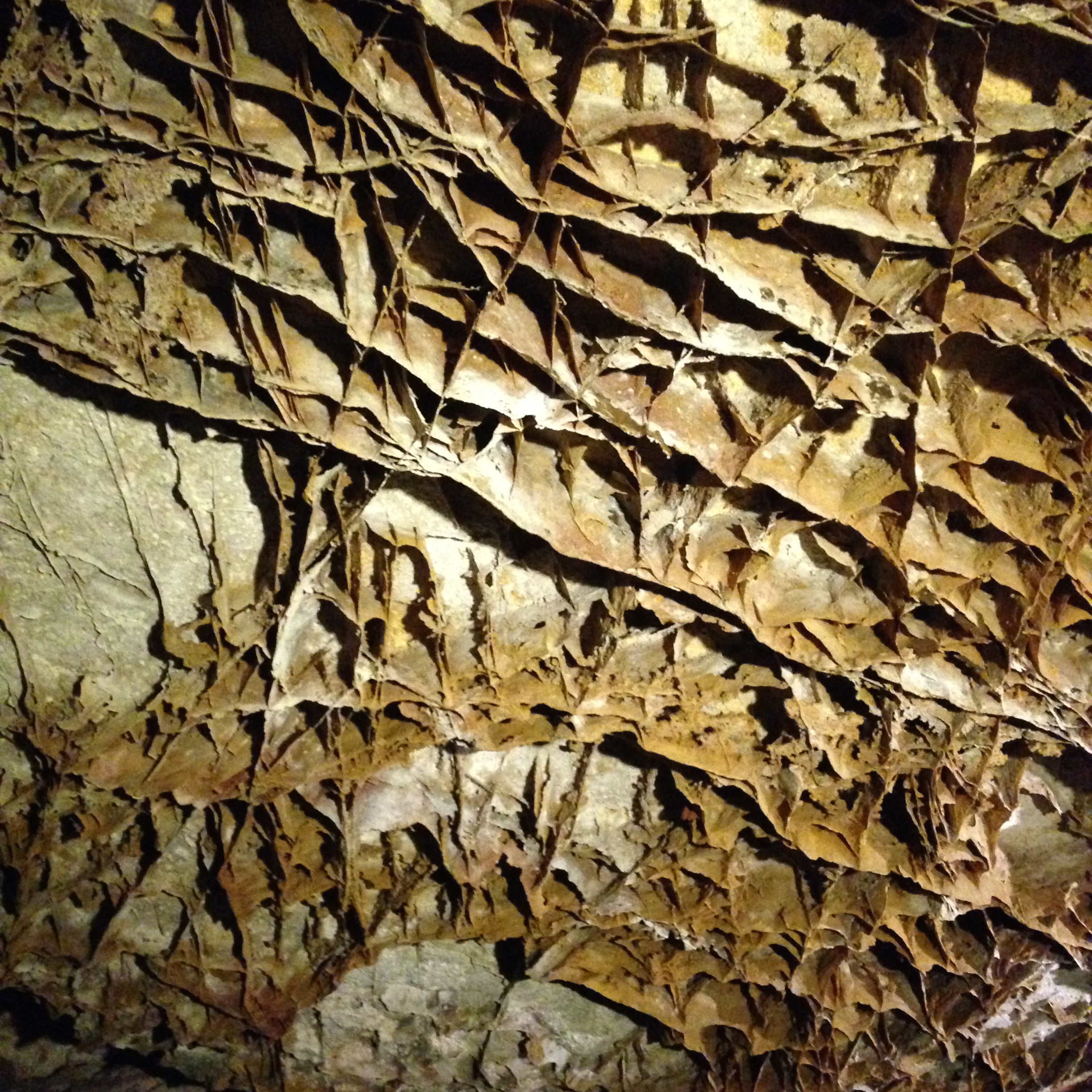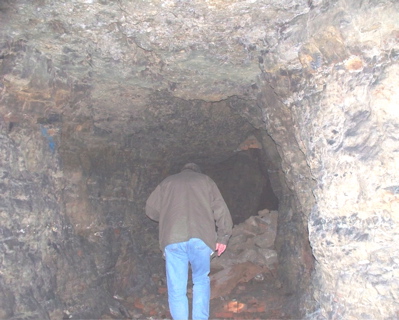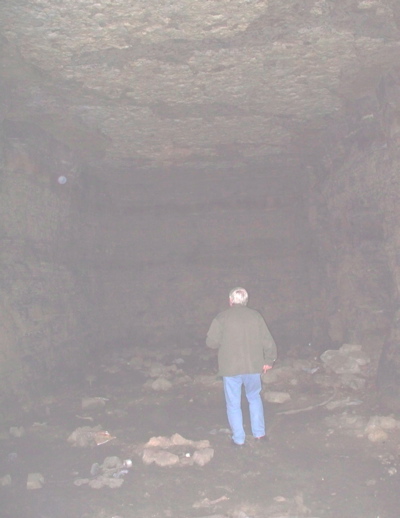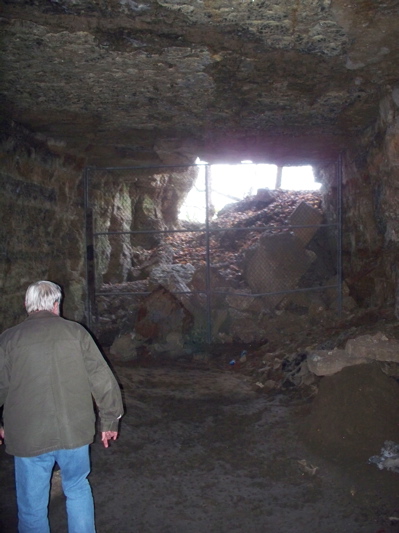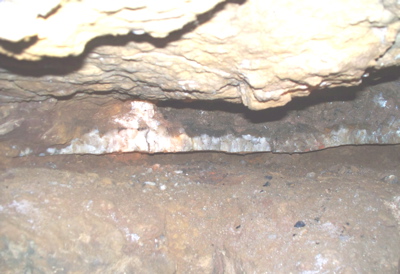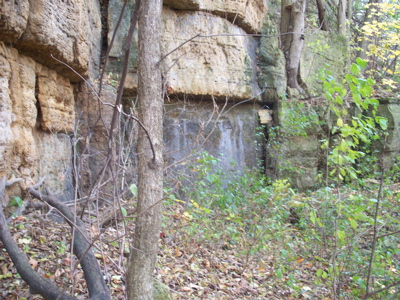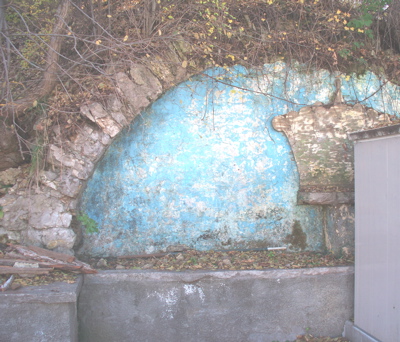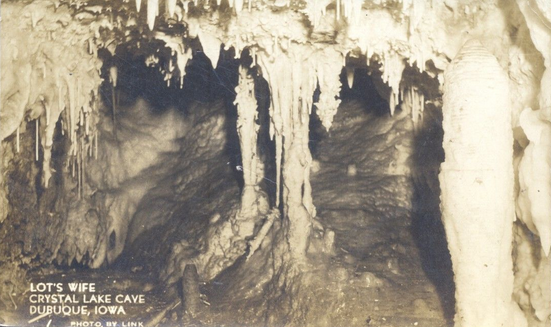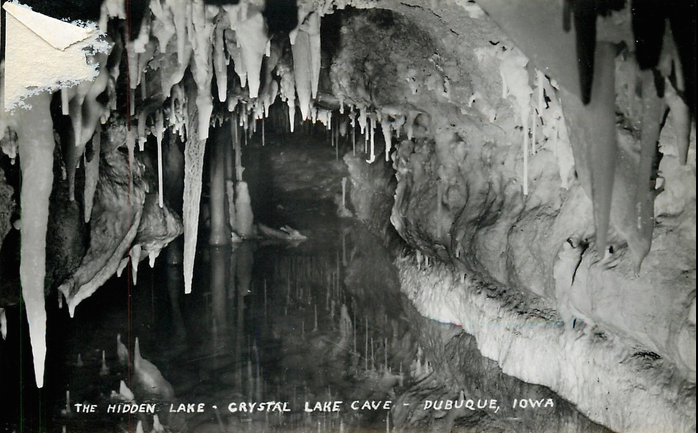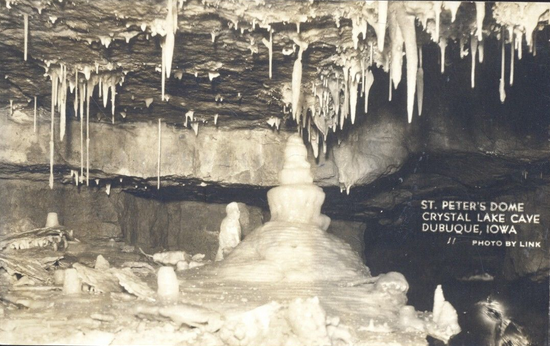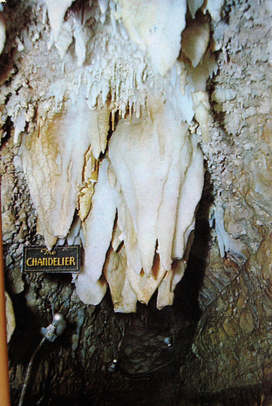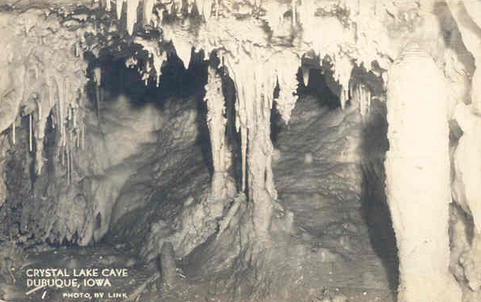Encyclopedia Dubuque
"Encyclopedia Dubuque is the online authority for all things Dubuque, written by the people who know the city best.”
Marshall Cohen—researcher and producer, CNN
Affiliated with the Local History Network of the State Historical Society of Iowa, and the Iowa Museum Association.
CAVES: Difference between revisions
No edit summary |
No edit summary |
||
| Line 107: | Line 107: | ||
[[Category: Geographical Feature]] | [[Category: Geographical Feature]] | ||
[[Category: Map]] | |||
Latest revision as of 16:11, 31 August 2021
CAVES. Caves are formed by natural processes that, over millions of years, have carved cavities extending sometimes miles through the earth. Tunnels nearly too narrow to squeeze through may reach wide passages. Shafts may reach up to let daylight in or the floor may drop away into darkness.
One large landmass existed 330 million years ago. This has been named Pangea meaning "all earth" by geologists. At the super-continent's western edge and covering most of what became North America was a shallow sea. Iowa lay just south of the Equator.
By studying rock formations in caves, scientists have found clues to geologic events that occurred millions of years ago.
Imagine a world of near total silence, absolutely without
light, of constant temperature and usually without much
motion of air or water. That apparent isolation is the cave
world to which many living organisms have adapted and by that
adaptation have come to depend upon such darkness and quietude.
Add to this the exquisite, inanimate, fragile stalactites,
stalagmites - even deposits of mud - that have taken centuries
to form. We explorers with our lights and noise and fumes and
heavy feet are alien intruders. Happily, we can enjoy our visit
in little time and then leave the cave world to its own slow,
dark tempo - if we are careful. The dilemma of cave exploration
is to enjoy our visits to what seems 'another world,' and to leave
that world unaltered, unspoiled, for all time."
Rane L. Curl
President National Speleological Society, Ann Arbor
February 1973 (1)
The most common caves are formed in limestone or as lava tubes in basaltic rock. Other types of caves are less common and form in gypsum, granite, talus, quartzite, ice, and sandstone.
Caves formed from rainfall are called epigenic caves. Rain seeps into the surface of the earth. The gas, carbon dioxide (CO 2 ),is released by dying vegetation in the soil. The rainwater absorbs the carbon dioxide ( CO 2 ) and a chemical reaction begins that makes the water into a weak carbonic acid. (2) Most caves form in karst, a type of landscape made of limestone, calcite, dolomite, and gypsum rocks that slowly dissolve in the presence of this slightly acidic water. (3)
The acidic water percolates down into the Earth through cracks and fractures and creates a network of passages like an underground plumbing system. The passages widen as more water seeps down, allowing even more water to flow through them. Eventually, some of the passages become large enough to earn the distinction of cave. Most of these solutional caves require more than 100,000 years to widen large enough to hold a human. (4)
Caves formed from sulfuric acid are called hypogenic caves. Microbes eat the sulfate in oil from underground oil fields. The microbes release a gas called hydrogen sulfide. The hydrogen sulfide rises through cracks in the rock until it reaches an area with oxygen. The hydrogen sulfide gas reacts chemically with the oxygen and forms sulfuric acid , or microorganisms “eat” the hydrogen sulfide, forming sulfuric acid as a product of this metabolism. The sulfuric acid eats away at the limestone in a the cave wall. A cave begins to form. (5)
Caves can be formed from flowing lava. As a volcano erupts, lava flows out across the land. The surface of the lava cools more quickly than the lava underneath, forming a solid surface, which will become the lava tube roof. The volcano stops erupting and the hot, molten lava drains from under the cooler solid surface lava. An empty tube (called a lava tube) is left behind. (6)
Almost all cave formations are made of calcite, the crystal of calcium carbonate. Different minerals and different movements in the water account for an incredible variety of cave formations.
As water saturated with calcium carbonate drips through the ceiling of a cave, successive rings of calcite crystals form a tiny tube, a soda straw. If the tube fills, water flows down the outside and the calcite deposits thicken to become a stalactite. Water dripping onto the floor builds stalagmites, which in time may join stalactites to form a column.
Water drizzling along a slanted ceiling builds delicate sheets of rock, called cave draperies or curtains. The deposits begin as winding trails of calcite, which later extend downward and thicken. The white portions are almost pure calcite, while other minerals, mostly iron, make the orange and red stains.
When water seeps through tiny fissures in the bedrock, it can build incredible unlikely formations.
Thin layers of calcite forms on the surface of pools as they evaporate. As they float, more and more calcite attaches to it in circular patterns. These "cave rafts" continue to float on the surface of the water as long as it is undisturbed until they reach a weight that pulls them under.
Thicker deposits, called shelfstone form where the surface of the water touches the sides of the cavern or submerged columns. In shallow pools fed by dripping water, cave pearls may form. These small spheres are produced by layers of calcite forming around a grain of sand, much like oysters make the pearls they are named after. The agitation of the dripping water makes the pearls almost round and keeps them from sticking to one another or to the bottom of the pool.
Flowerlike structures can grow. Crystals of calcium sulfate percolate through porous rock. As new crystals are formed from behind, the flower may grow in a variety of shapes. Large crystals may form in underwater chambers.
Naturally occurring caves in the were sometimes enlarged to allow their use. Miners used caves to access deeper veins of LEAD. Caves offered practical if short-term shelter. In 1894 John PIER posted the following advertisement in the Dubuque Daily Herald:
For Sale. Brewery property on South Locust Street. Well
adapted for brewery, bottling or pickling works on
account of two large natural cold storage cellars under
the bluffs. No ice or manufactured cold air necessary. (7)
Taking advantage of the cool temperatures of caves, people used caves for the preservation of dairy products. Ice, beer and other alcoholic beverages could also be stored. In 1842 Dr. John Croghan believed the constant temperature of cave air could benefit tuberculosis patients. Testing his ideas at Mammoth Cave in Kentucky proved his ideas incorrect. In 1938 Nathaniel Kleitman and Bruce Richardson, sleep researchers, lived in Mammoth Cave for over a month. Isolated from day and night, they tracked their sleeping and waking cycles and body temperatures making important breakthroughs in the understanding of circadian rhythms. (8)
In July, 1964 ten members of Iowa Grotto, the state chapter of the National Society of Speleology, an underground exploring organization made their third trip of the year from Iowa City to Dubuque. Their focus was two shafts tunneled by miners in the late 19th century. The explorers were lowered 90-feet through a man-sized opening behind St. Rose Priory and near Chaney Road to gain access to the shafts. (9)
One of the participants was Dr. Donald B. McDonald, chairman of Iowa Grotto and a professor of civil engineering. As a specialist in water pollution and purification at the University of Iowa, Dr. McDonald was interested in determines types and number of enzymes and bacteria present in the area. In his research, he has found caves in this area to be interesting for the number of surface bacteria present in samples he collected underground. He believed this was due to the close contact with city sewage that moved through the porous soil. Practical value of the research came as the city attempted to find water sources for the city's use. (10)
On the second visit to the site on June 27, 1964, members of the team mapped for than 2,000 feet of abandoned mine tunnels. In one long shaft about 1,800 feet fro the opening to the surface, the explorers found buckets, shovels, mine cars and rails which had been left behind. (11)
Caves and the presence of so many mapped and unmapped MINING tunnels in the bluffs, make the potential for destruction in the event of severe EARTHQUAKES more likely. The danger of caves (natural and man-made) collapsing have caused many to be permanently sealed.
---
Source:
1. "The Underground World of Caves." Online: http://www.design42.com/caving/index.htm
2. "Journey into Caves." Online: http://www.caveslime.org/kids/cavejourney/caveJourneyGeologyFormRainfall.html
3. "Caves." National Geographic. Online: http://science.nationalgeographic.com/science/earth/surface-of-the-earth/caves-article/
4. Ibid.
5. "Journey into Caves."
6. Ibid.
7. "For Sale," Dubuque Daily Herald, November 16, 1894, p. 4
8. Displays located at Mammoth Cave, Kentucky
9. "Modern 'Cavemen' Probe City," Telegraph-Herald, July 12, 1964, p. 1
10. Ibid., p.31
11. Ibid.


